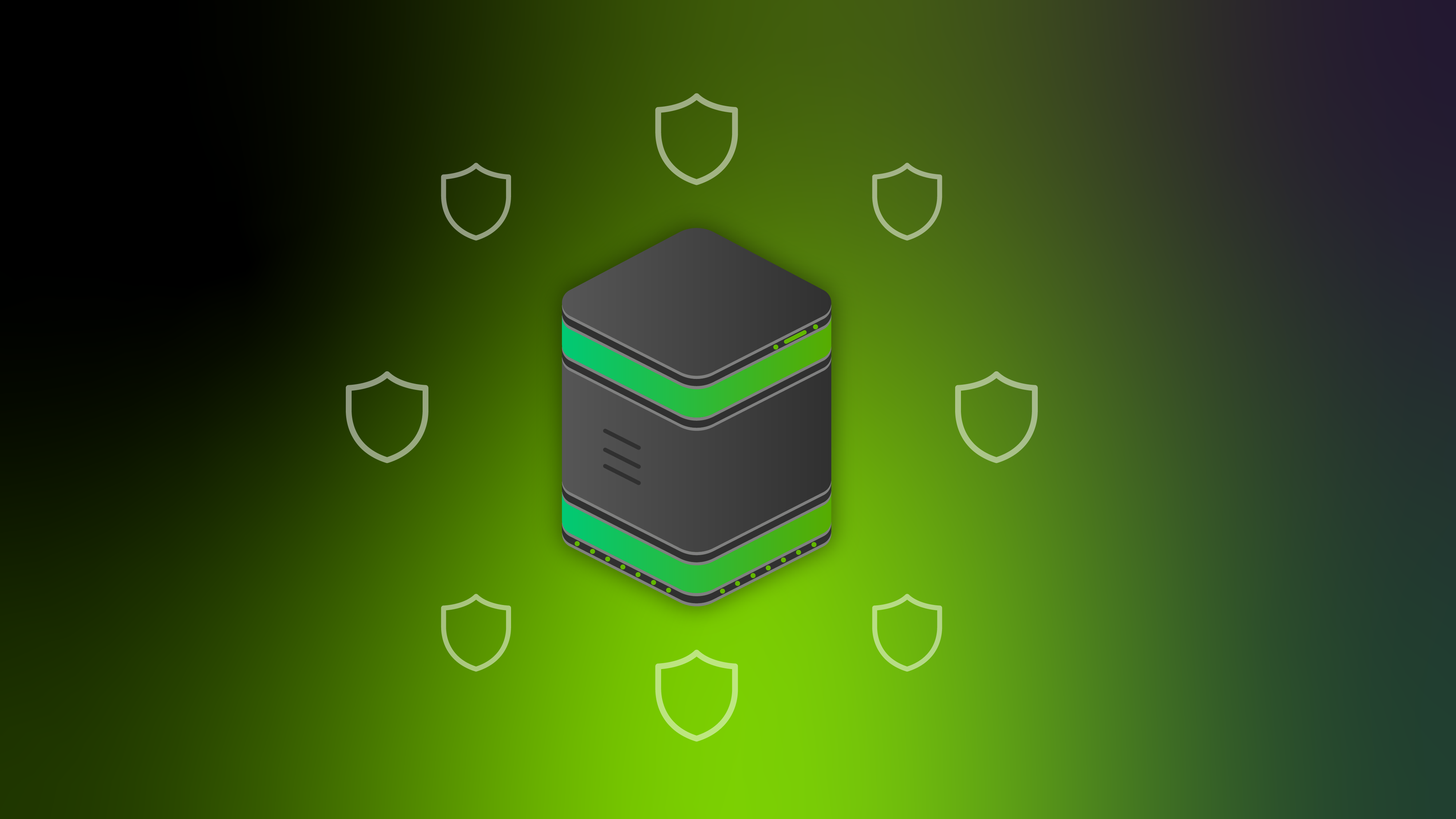
How to Use Wasabi Wallet’s RPC Interface
TechnicalThe RPC is used to communicate with a running Wasabi instance. It provides some options and features which are not available (yet) when using the Graphical User Interface. Since Wasabi version 2.0.6, the RPC can be exposed as an onion service, which enables remote control.

Smart Randomness: Skipping Coinjoin Rounds Based On Fee Rate
TechnicalA new source of randomness was introduced in Wasabi v2.0.6 to improve the privacy of the coinjoin feature.

Load Time Reduced by an Additional 60% in Version 2.0.6
TechnicalRead about the changes that contribute to quicker launch times, including the migration of transaction data to a database and optimizations for handling multiple wallets.

Deeper Privacy with Safety Coinjoins
Technical“Safety coinjoins” are triggered by default to ensure a minimum amount of remixing for users who choose to minimize costs or maximize speed. This feature anticipates how coins might be spent in the future to prevent guesses from being made based on a specific user behaviour.

Time is Money: DoS (Denial of Service) Fortification and Coinjoin Time Preference
TechnicalAs a result of months of hard work by the Wasabi and Tor developers, updated statistics from October 2023 show that the overall success rate has more than doubled since the previous year, with over 50% of new rounds and over 80% of blame rounds succeeding.

How Coinjoin Wallets Compare on Fees
Learn TechnicalIf you want to know the details of how WabiSabi, Whirlpool and Joinmarket fee structures work, read on. We’ll define all the fees of a coinjoin transaction, the way fees are calculated for each protocol and finally, which one is better for many different user profiles.

Explaining Wasabi Wallet’s Tor Implementation
TechnicalThis article will define what Tor is, how Wasabi Wallet implements Tor exactly, what are the operations that require an immediate circuit update, why the coordinator doesn’t use an onion service anymore, and how Conflux could be a future solution to improve reliability.

Unpacking Wasabi Wallet’s Power Feature: The Headless Daemon
TechnicalThink of it as your wallet but on a diet. It uses fewer resources like CPU, GPU, memory, and bandwidth, allowing you to run Wasabi Wallet unobtrusively in the background.

Wasabi’s Latest Release (2.0.4) Improves Coinjoin Efficiency
Announcements TechnicalWith the 2.0.4 release, we have improved coinjoin efficiency in multiple ways so that you reach private status on all your coins faster and incur less cost. Our main goal is to even further reduce the occurrence of toxic change.

Turbosync: Wasabi Wallet’s Loading Time Reduced by 90%
Announcements TechnicalWith the 2.0.4 release, Turbosync is introduced in Wasabi Wallet to reduce the load time by up to 90%.

What Lightning Network-Enabled Wabisabi Coinjoins Might Look Like
TechnicalRead further to learn more about the details of why the Lightning Network is Bitcoin’s leading scaling solution, why payment channel openings and coinjoins go well together, how to currently open a Lightning Network channel from a Wasabi Wallet private UTXO, how Vortex presently handles the direct opening of channels from coinjoin outputs, and finally, how a future Lightning Network-enabled WabiSabi coinjoin might solve that problem.

What is the Difference Between an Anonymity Set and an Anonymity Score?
Learn TechnicalIf you want to know the details of what is an anonymity set, what makes the difference between the former term and anonymity score, how to set your anonymity score target on Wasabi, and how your post-coInjoin activity can impact your anonymity, keep reading this article.

What are Wasabi Wallet’s Code Signature Strategies?
TechnicalThis article will explain how Wasabi Wallet’s three code signing strategies (Windows, MacOS, and PGP) work and how they compare in terms of user experience, trust models, cryptography, and certificate subscription/expiry.

The History of WabiSabi
TechnicalWabiSabi is a novel communication protocol for creating bitcoin coinjoin transactions with arbitrary amounts. It is a concept with roots going back to the early days of bitcoin, even the earliest beginnings of digital payments.

How To Prevent Anonymity Degradation Over Time
TechnicalBitcoin can enable anonymous digital transactions, but it is good to understand where anonymity on Bitcoin can degrade. By understanding how anonymity can be eroded on bitcoin, one can then understand how anonymity can also be preserved.

The Privacy Benefits of Taproot
TechnicalThis article, focuses on the privacy aspect of Bitcon’s soft fork. It seeks to explain how Taproot increases every user’s plausible deniability and potentially poses a threat to the blockchain analysis business.

Privacy Guarantees Of Wasabi Wallet 2.0
TechnicalFully analyzing Wasabi 2.0 coinjoins is computationally hard and will probably be impossible for decades to come because a combinatorial complexity explosion is happening when we try to find all the sub-transactions of a Wasabi 2.0 coinjoin.

What is Wabi-Sabi?
TechnicalWhen you hear the word wabi-sabi for the first time you might think, “wow that sounds like a TV cartoon my kid would haunt my days watching.” Or if you’re one of those artsy types you may be familiar with its Japanese definition: a world view centered on the acceptance of transience and imperfection. Unlike its Japanese definition, Wasabi Wallet has been working on perfecting our own interpretation of this wonderful word with the WabiSabi protocol.